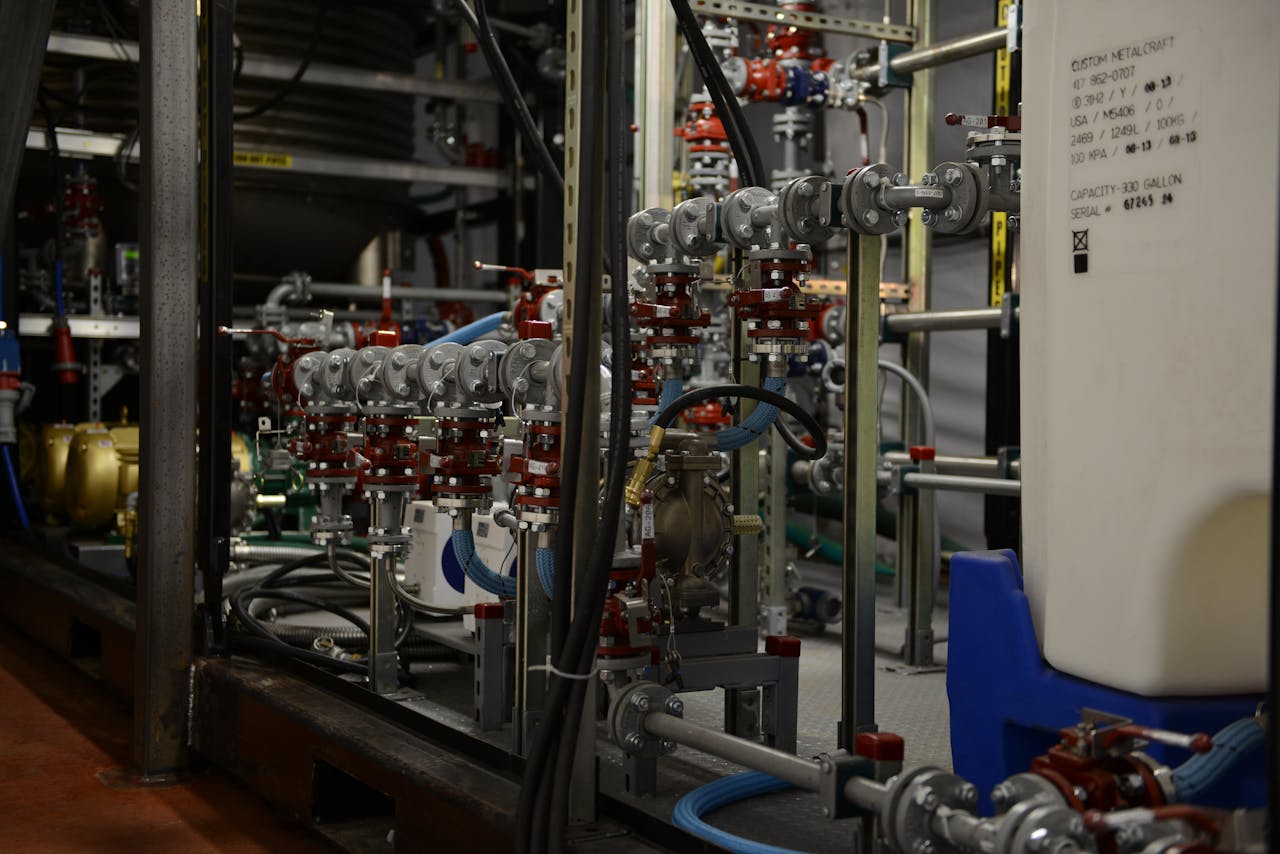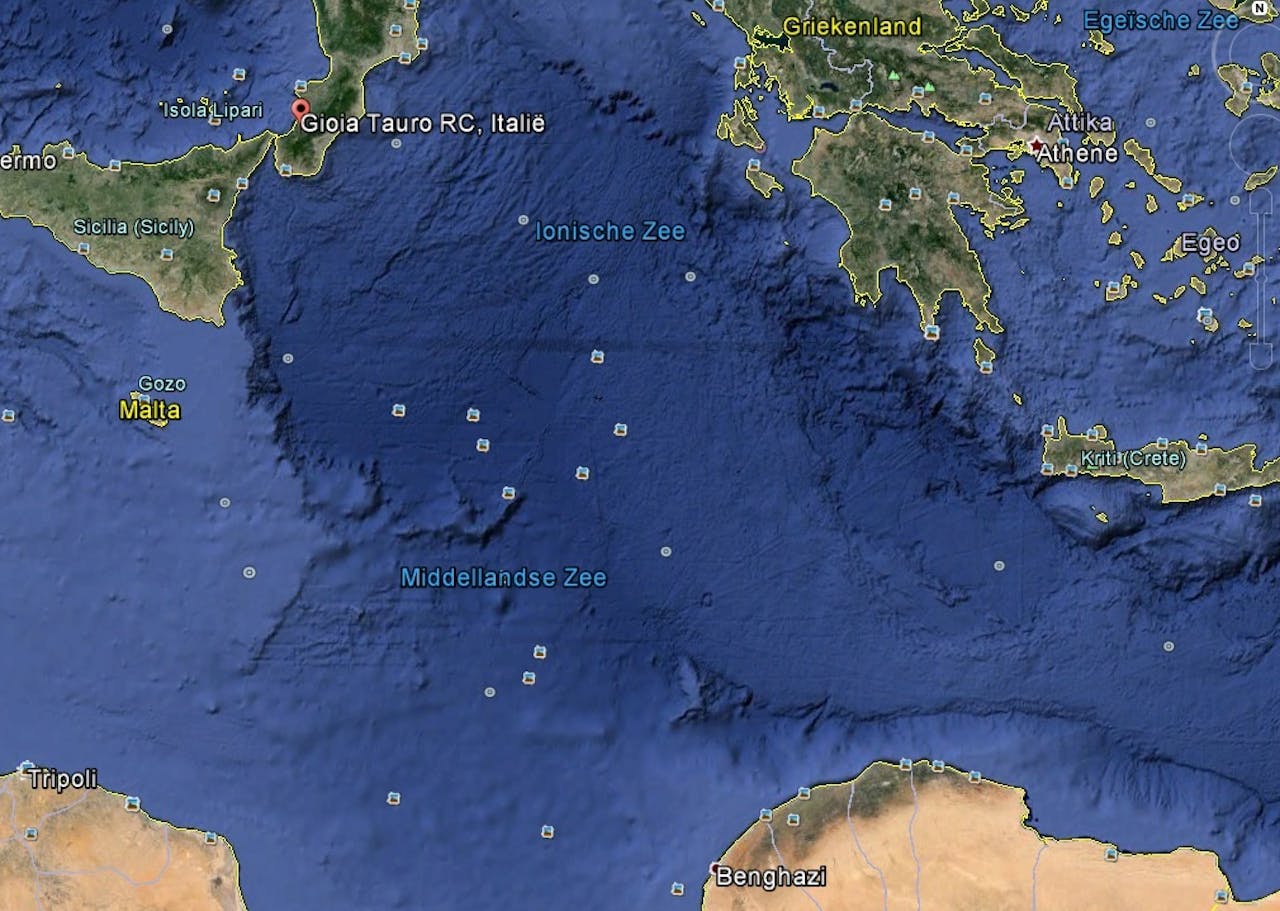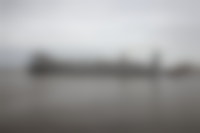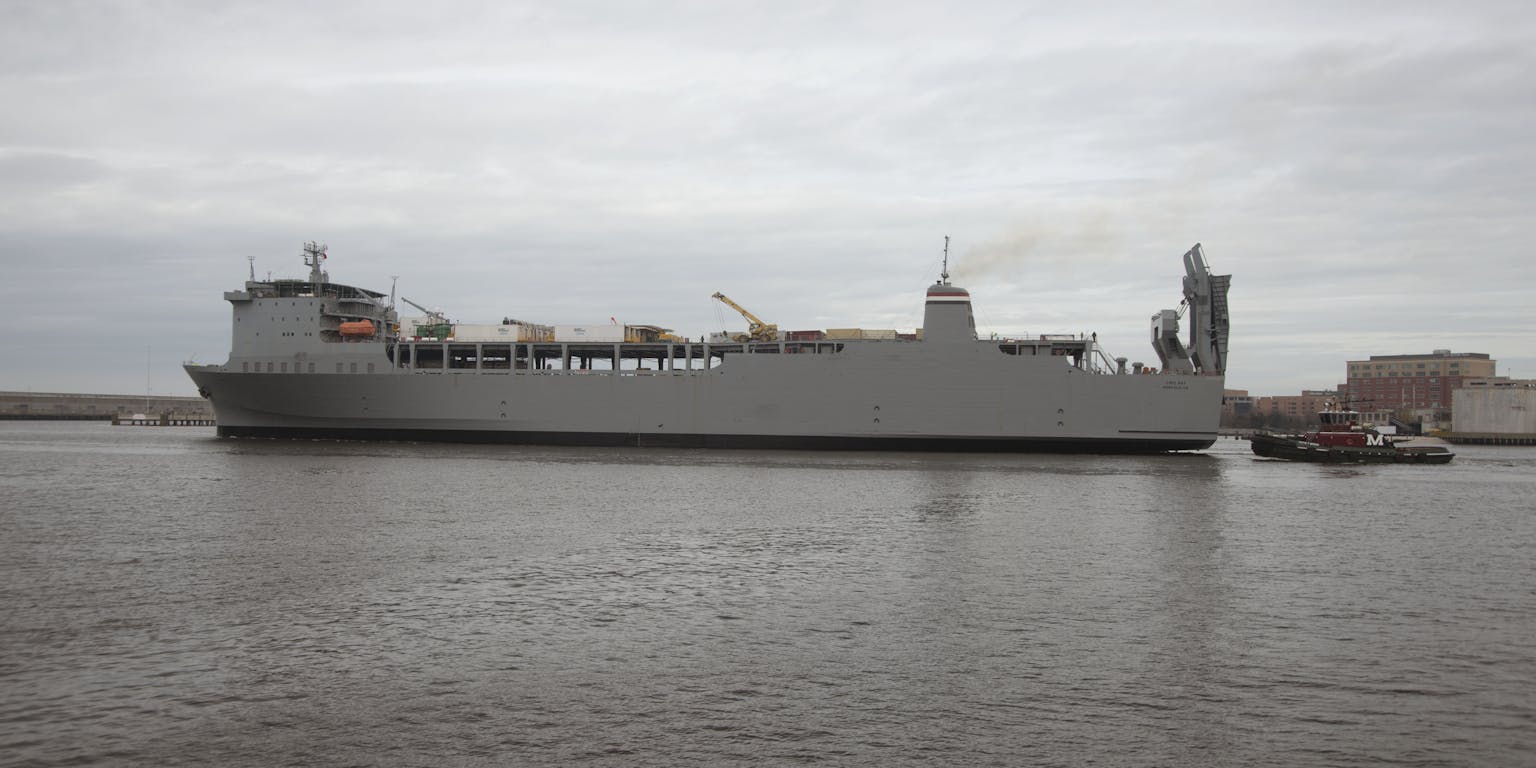It will be the first time since the Chemical Weapon Convention came into force that chemical weapons will be destroyed at sea. Inhabitants of the southernmost Greek islands are protesting against destroying Syrian chemical weapons in the Mediterranean. But OPCW believes that the destruction process, on a specially equipped vessel, is a proven process with safety and security control mechanisms in place.
Lees dit artikel in het Nederlands
In international waters just off the Syrian coast, outside the 12-mile zone, Danish and Norwegian cargo vessels are waiting for their final load of chemicals weapons precursors which still have to leave the country. This last part – 8% – has to leave Syria before June 30th, according to the scheme. This material is concentrated at one location but it is hard to remove as the road is blocked by armed troops opposing Syria’s government.
When the last consignment of chemicals is uploaded onto Danish and Norwegian ships in the Syrian harbour of Latakia, they will sail to the Italian port of Gioia Tuaro and to Finland, respectively. At the same moment, the MV Cape Ray, where the declared chemicals eventually will be destroyed, and which is waiting in Spain, will set sail to the south Italian port.

The MV Cape Ray, where the declared chemicals eventually will be destroyed.
Wikimedia CommonsTransloading in Italian harbour
The load onboard the Danish vessel includes sulfur mustard and one of the declared precursors for sarin nerve gas: methylphosphonyldifluoride (DF). These chemicals, both in liquid form, will be loaded onto the American vessel Cape Ray under strict safety regulations. “The harbour will be completely closed for the period of transloading”, says Dominique Anelli, head of the OPCW’s Chemical Demilitarisation Branch”:http://www.opcw.org/about-opcw/ (CDB). “We communicate and coordinate intensely with the Italian authorities so the process will go smoothly”.
OPCW has as its target to destroy all chemical weapons and precursors worldwide and received the Nobel Prize in 2013. Anelli: “It is our task to make sure that the quantity doesn’t alter from the moment of the collection in Syria until the destruction phase on the Cape Ray. All is sealed and verified 24/7.” OPCW is responsible for the supervision of the non-diversion of declared chemicals, which is part of the verification process.
Experienced team
The MV Cape Ray, on which these dangerous chemicals (Schedule 1 chemicals, in accordance with the CWC) will be destroyed, is an American ship that quarries containers with two mobile hydrolysis systems, so called Field Deployable Hydrolysis Systems (FDHS). Hydrolysis is a proven technology to destroy chemical weapons or its precursors.

Field Deployable Hydrolysis System (FDHS) onboard the Cape Ray.
Wikimedia Commons/Todd Lopez, US Army“The American technical team that will carry out the destruction of the Syrian chemicals onboard the Cape Ray has also been carrying out the destruction of the American arsenal of chemical weapons since 1997,” says Anelli, a total of 25.000 metric tonnes of chemical warfare agents. The Field Deployable Hydrolysis Systems (FDHS) aboard the Cape Ray were designed specifically for that situation but in the past the same technology was used to destroy a part of the chemical weapons stockpile in the USA. Two of these systems have been installed on the Cape Ray.
A multidisciplinary team of American technicians will be accompanied by at least four OPCW-inspectors on board of Cape Ray who will monitor destruction activities closely.
Unique event
It will be the first time since the Chemical Weapon Convention (CWC) came into force in 1997 that chemical weapons will be destroyed at sea. Anelli: “According to the CWC all chemical weapons and precursors have to be destroyed on land and in the country of origin itself. Usually, a facility is constructed for this purpose and OPCW inspectors monitor the destruction operations 24/7. In Syria this is not possible because of the situation of war”.
“An alternative solution was sought for last year to destroy Syria’s stockpile in neighbouring countries, but this could not be agreed because the CWC does not permit the transfer of chemical weapons between Member States”, says Anelli.
“The OPCW decided to separate the chemicals declared by Syria into two main groups: Priority 1 (chemical warfare agents or their key precursors) and Priority 2 (mainly industrial chemicals which are required to produce a chemical weapon). In October 2013 the OPCW Member States decided that some of the Priority 1 chemicals (mustard and DF) would be destroyed at sea in international waters of the Mediterranean.” With that solution, long-distance transport through the war area in the Middle-East was also avoided.

The chemicals will be destroyed at sea in international waters of the Mediterranean, somewhere between Crete, Malta and Italy.
Google EarthQuiet sea
Final destruction will take place in an area somewhere between Crete, Malta and Italy. “This particular area of the Mediterranean has been selected because the sea is generally quiet, with lower wind speed and waves below two metres”, says Anelli. The distance to populated land is also big. The MV Cape Ray shall continue sailing throughout the destruction process, which will last about three months.
However, in spite of all safety precautions taken, habitants of the Greek island of Crete, including local politicians, are opposing this unique destruction in their ‘back-garden’, hundreds of kilometres to the west.
Consensus
Anelli reacts: “The decision by the Member States of the OPCW has been made by consensus. As a matter of fact, the EU presidency is the hands of Greece, so they were not taken by surprise. As the OPCW, it is not our responsibility to inform the local population. However, we have explained to Greek members of parliament in detail how the destruction process at sea will work. Now it is the task of the politicians in the area to explain to their people why this decision was taken”.
“I can imagine that the island population is worried, but this is not based on facts”, says Mehran Rouzbahani, who has worked for the OPCW since 1997. “FDHS is a fully closed system and nothing of the agents will escape to air or water outside the ship. Until now, in almost twenty years that chemical weapons are being destroyed under the OPCW’s monitoring, not one environmental accident ever happened.”
Rouzbahani, who is educated as a pharmacist, added: “After chemical neutralisation the effluent will be expanded by volume while the concentration of the original declared chemical will be reduced to 0.1%. These effluents will be stored on the ship in ISO-tanks (internationally normed containers)”.
“The effluent resulting from the neutralising process of mustard gas will be transported to Germany, where it will be treated in specialised incineration facilities; the DF-related effluent will be burnt in Finland. The total destruction process, from hydrolysis on the Cape Ray till incineration in various countries, will take up to 300 days for completion.”
Anelli and Rouzbahani try to “demystify” the destruction of chemical weapons. “It is not necessary for citizens to be afraid. There is a lot of experience with the hydrolysis process and nothing ever went wrong. Just think about how many chemicals are reloaded in Rotterdam Harbour everyday, and we consider that as very normal.”

